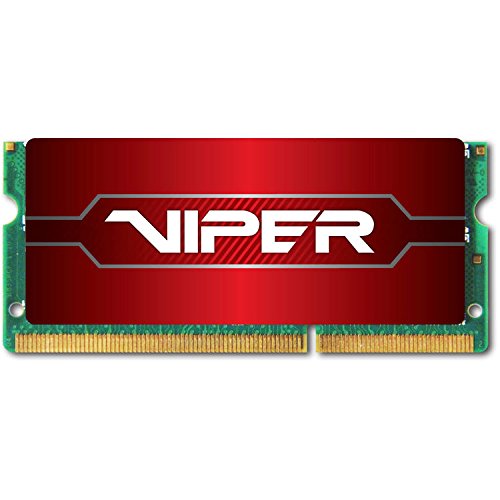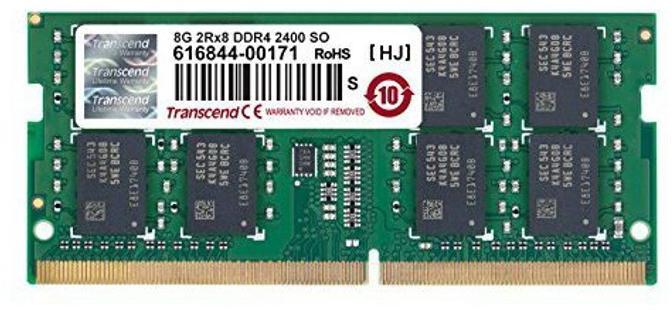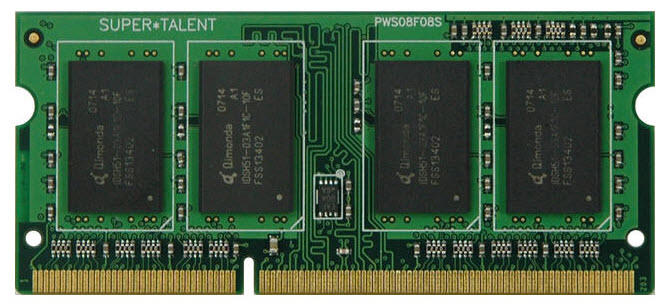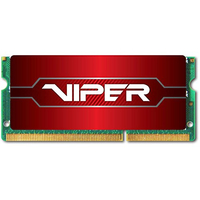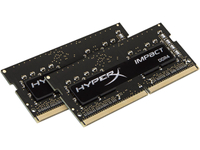Best Laptop Memory Upgrades: 8 DDR4 SODIMM Kits Tested & Compared
Introduction
Why you can trust Tom's Hardware
Although the average high-end notebook comes equipped with 16GB or 32GB of basic DDR4-2133 memory, gaming-notebook manufacturers are always looking for ways to boost their specs versus the competition's. Nowadays, main system memory is no exception.
In the case of laptop memory, those memory modules are known as SODIMMs, physically shorter in size than their desktop equivalents. The organization that sets DDR4 standards, JEDEC, has gone two steps better than the typical DDR4-2133, with DDR4-2400 and DDR4-2666 both being current SODIMM options, and both operating at the same 1.20V DDR4 standard. Plus, some notebook makers have gone past that, bringing their machines support for gaming-minded memory modules that support XMP memory-overclocking profiles.
We got our hands on some of the latest single SODIMM modules and twin-SODIMM kits to see how much additional performance we could uncover, and whether upgrading to one versus the other (assuming you have the choice to do so) might be worth the differences in price among them. Given the ramp-up in RAM prices at the time we published this, the case for upgrading purely on speed grounds is harder to make than ever. But let's get to quantifying.
The Single DIMMs We Tested
Most notebooks are based on dual-channel memory architecture, but some thin-and-light notebooks have only a single channel of memory filled, along with a single DIMM slot open and available for upgrades. Because running two sticks in dual-channel mode provides more performance, all else being equal, in that upgrade situation most users will get the greatest performance benefit by matching their "additive," second upgrade module to the memory that’s already installed.
As a result, if that describes you, you might be in the market for a single-DIMM memory kit. We snagged three DDR4-2400 and DDR4-2666 kits to do some comparison testing. Let's take a brief look at each of our single-DIMM contenders...

Patriot Viper 2666 1x16GB (PV416G266C8S)
The only 16GB module we received for testing and available near its low MSRP ($170 for 16GB), Patriot’s PV416G266C8S is great for maximizing RAM in laptops with limited slots.
In addition to the obvious capacity benefits versus 8GB, 16GB DIMMs (including SODIMMs) are always organized as "dual-rank," which—though it’s a little complicated to explain in an overview like this—results in improved memory-controller performance.
Patriot adorns these modules with a heat spreader that’s slightly thicker than the foil-backed stickers on typical DIMMs, even though the added thickness could lead to fitment issues in laptop memory-slot arrangements where modules are tightly stacked or overlapping one another. DDR4-2666 CAS 18 timings are available through both standard SPD programming and a 1.20V XMP profile.
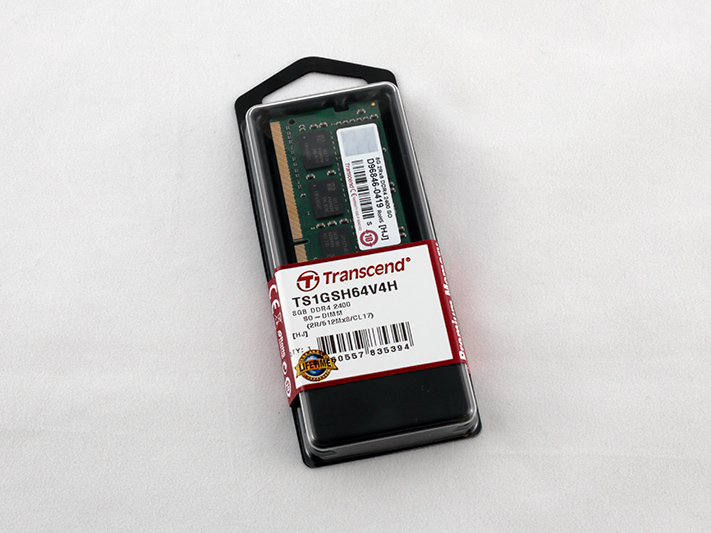
Transcend 2400 1x8GB (TS1GSH64V4H)
Transcend’s TS1GSH64V4H is a standard DDR4-2400 SODIMM with typical JEDEC SPD timings of 17-17-17-39 at 1.20V.
This DIMM differs from our other single-module DDR4-2400 sample in that it’s dual-rank, having the requisite eight ICs per side.
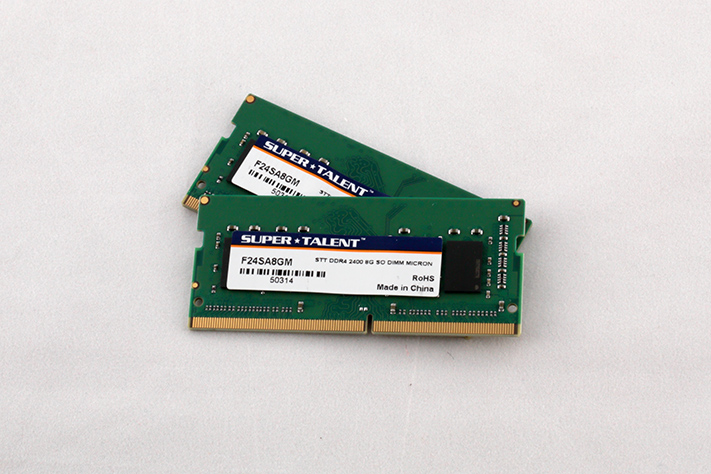
Super Talent 2400 1x8GB (F24SA8GM)
Super Talent’s single-rank F24SA8GM has fewer ICs and a lower price than the above Transcend module. That said, it's still rated at the same JEDEC-standard DDR4-2400 data rate, with 17-17-17-39 timings at 1.20V.
This particular kit is sold in single modules only, and Super Talent validates these in fours to ensure multi-channel stability. So, theoretically, you should be able to pair any two or four modules together without issue.
Because we received several of these, we have tested them in both single- and dual-DIMM configurations. We also used them as the baseline memory for our recent DDR4 quad-channel SODIMM kit review.

The Dual-Channel Kits We Tested
Buyers who can afford to replace all their memory at once, or who are ordering from a company that builds completely custom laptop configurations, can get their best performance benefit by installing matching module pairs. In this regard, SODIMM-equipped mini gaming desktops can be treated the same way as gaming notebooks that are based on desktop processors. (In systems like these, support for higher-frequency memory and XMP modes is more common.)
Below, let's run through the dual-DIMM kits we looked at. One thing you'll notice: a profusion of mostly similar G.Skill Ripjaws kits. Why? We tested four sets at differing RAM speeds to get a sense of the ramp-up when going from one speed to another in a given SODIMM family.
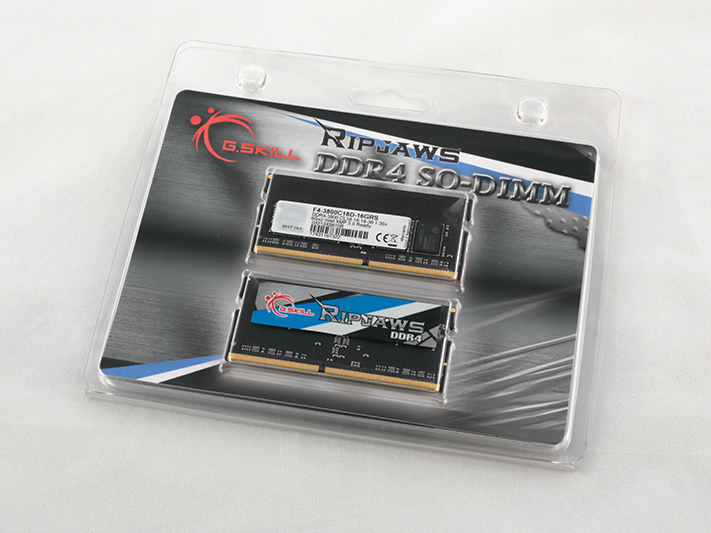
G.Skill Ripjaws 3800 16GB (2x8GB, F4-3800C18D-16GRS)
Pulled from the toothsome grip of G.Skill’s same-speed quad-channel kit, the Ripjaws F4-3800C18D-16GRS dual-channel kit came in at an MSRP of $229 (a while back, anyway; more on that in a moment). The DDR4-3800 data rate and 18-18-18-38 timings come from its single 1.35V XMP profile, whereas its standard 1.20V SPD values top out at DDR4-2400.
The thing is, in the time between our tests and our writeup here, this kit has become very hard to find. Our tester did find a kit for sale below MSRP before these mostly vanished from the Internet, so you may have to do some concerted searching before you can land one. At this writing, alas, we couldn't find a set for sale online, but that may change by the time you read this.
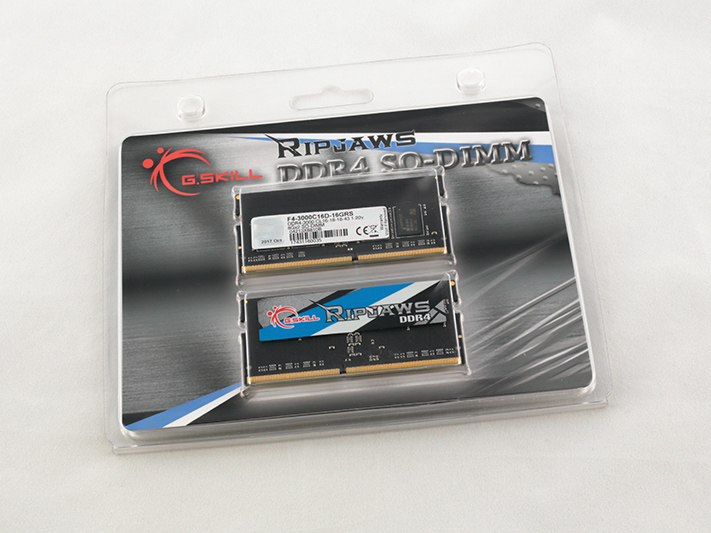
G.Skill Ripjaws 3000 16GB (2x8GB, F4-3000C16D-16GRS)
Bearing the same $229 MSRP as its fastest kit (but selling for well above that at this writing), G.Skill’s F4-3000C16D-16GRS supports two DDR4-3000 XMP profiles (16-18-18-43, and 18-18-18-43) to aid compatibility with a variety of XMP-capable notebooks. Three SPD codes are also available, using basic JEDEC timings: 2400, 2133, and 1866.
All configurations use the DDR4 standard of 1.20V. Our testing was done at the DDR4-3000 CAS 16 XMP setting.
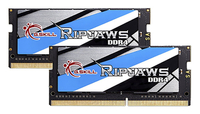

HyperX Impact 2666 16GB (2x8GB, HX426S15IB2K2)
Boasting a friendly $194 MSRP, HyperX's Impact model HX426S15IB2K2 also boasts enhanced timings at DDR4-2666 (15-17-17-35), DDR4-2400 (14-16-16-32), and DDR4-2133 (12-14-14-28). Each of those timing sets is two CL cycles quicker than JEDEC-standard, and the highest bandwidth setting is repeated in an XMP table to ease compatibility with XMP-capable systems.
On this kit, all frequency and timing sets use the 1.20V DDR4 standard to improve both compatibility and notebook battery life.
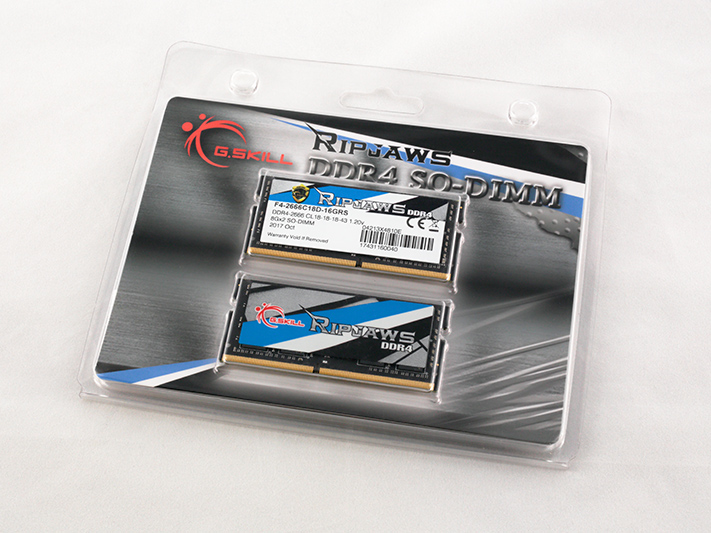
G.Skill Ripjaws 2666 16GB (2x8GB, F4-2666C18D-16GRS)
With an MSRP of $229, G.Skill’s model F4-2666C18D-16GRS runs at JEDEC DDR4-2666 standard 18-18-18-43 timings and 1.20V. With eight DRAM ICs per side, its dual-rank design is its chief advantage over competing modules in this test set.

G.Skill Ripjaws 2400 16GB (2x8GB, F4-2400C16D-16GRS)
A step down the family tree from the G.Skill model above, the company's JEDEC-standard DDR4-2400 model F4-2400C16D-16GRS has an MSRP of $185 and runs at the 1.20V DDR4 industry standard.
MORE: Best Memory
MORE: DDR DRAM FAQs And Troubleshooting Guide
MORE: All Memory Content
Stay On the Cutting Edge: Get the Tom's Hardware Newsletter
Get Tom's Hardware's best news and in-depth reviews, straight to your inbox.
-
honkuimushi I would have liked to see entries from Corsair and Micron but this is a good overview. Would it be too much to ask for a revisit with the Zotac MA551 Raven Ridge based SFFC when it's released? That might provide a better reason for higher clocked memory, and dual rank might actually be a hindrance.Reply -
phil brinkle What DRAM chips do all these memory modules use? I haven't found any information on this in the review.Reply
